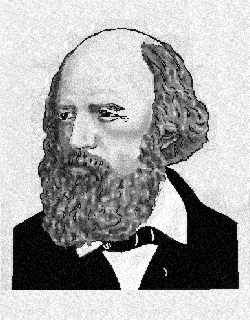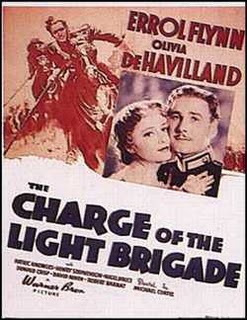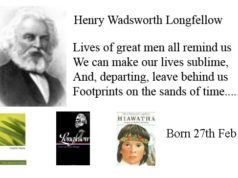
ALFRED LORD TENNYSON
(Born 6 August 1809-1892)
“Ring out, wild bells, to the wild sky,
The flying cloud the frosty light;
The year is dying in the night;
Ring out, wild bells, and let him die.
Ring out the old, Ring in the new,
Ring happy bells, across the snow:
The year is going, let him go;
Ring out the false, ring in the true.
Ring out the grief that saps the mind,
For those that here we see no more;
Ring out the feud of rich and poor,
Ring in redress to all mankind.
– Alfred Lord Tennyson
Alfred Lord Tennyson sent across a message in this poem to ring out old year and alongwith it ring out all falsehood, grief for those whom we see no more and enmity between rich and poor. He was one of the most important English poet laureate of 1800s. He earned his position because of the remarkable range of his natural talents and his dedication thoughout his long career to perfecting his art. Tennyson was Born on Aug.6, 1809, in Somersby, Lincolnshire, England. Tennyson stands today both as a great national poet and as one of the supreme craftsmen in the English language. He had joined Cambridge but never received a degree. At Cambridge, he joined ‘The Apostles’, a Society of undergraduates that included several men who later became intellectual leaders of the age. Tennyson’s most intimate friend in this circle was Arthur Henry Hallam whose death in 1833 resulted into a crucial event in the poet’s generally uneventful life. Tennyson began to write his great elegy (poem mourning a death) In Memoriam of Hallam, which was published in 1950.
The most popular poet of the British era, Tennyson avoided public life, got married in 1850 and lived quietly in country home at Farring-ford on the isle of Wight and Aldworth in Surrey. Tennyson’s long list of works showed his consistent inspiration and creative vitality, beginning with Poems, Chiefly Lyrical and extending to The Death of Oenone and Other Poems, published after his death more than 60 years later. He was awarded the title of Baron Tennyson in 1883 by Queen Victoria. His full title was Baron of Aldworth and Farringfor. Tennyson died on Oct.6, 1892 and was buried in the Poets’ Corner of Westminster Abbey.
Tennyson’s Poems: His influential place came to light largely from his concern about the vital issues confronting Victorian England. He reveals his sense of political responsibility in such patriotic verses as ‘Ode on the Death of the Duke of Wellington’ and his famous ‘The Charge of the Light Brigade’ which was inspired by an incident in the Crimean War.’Maun: A monodrama’ was a narrative in the form of seperate lyrics, describing the withering effect of the materialistic spirit of his day on a sensitive young lover.
Tennyson’s accurate and concrete descriptions of the natural world reflect his informed interest in science. The Stars, for example, suggest to the unhappy speaker in Maud:
‘A sad Astrology, the boundless plan, That makes you tyrants in your iron skies,
Innumerable, pitiless, passionless eyes,
col fires, yet with power to burn and brand
His nothingness into man.’
Tennyson’s masterpiece, In memoriam, consists of 133 individual poems composed between his friend Arthur Hallam’s death in 1833 and their publication in 1850. This piece focus on Tennyson’s struggles as an artist and thinker. The poem frequently offers general consolation to a troubled age. His exquisite lyrics perfectly express emotions and experiences shared by all people. Among the most moving of these are many of the sections from In Memoriam, as well as ‘Break, Break, Break, and ‘Tears, Idle Tears’ . Following the author’s wishes ‘Crossing the Bar’ the noble address to death, always ends collection of his poems.
Tennyson’s most characteristic form of poetry was the Idyl, a poem about country life developed by the ancient Greeks. These poems often take the form of dramatic draydreams (reveries) spoken by mythical figures. They tell a story but depend primarily on the creation of mood through the power of richly described settings as in ‘The Lotus Eaters’ Many of the stories indirectly urge Victorians to act heroically.
Tennyson’s lifelong fascination with King Arthur and his knights led to his most ambitious work ‘Idylls of the King’ It is a series of 12 narrative poems that he published with constant revisions between 1842 and 1885. The work has an allegorical (symbolic) side, suggested by the many implied comparisions between Arthur and Queen Victoria’s husband Prince Albert, who had died in 1861.
{jathumbnail off}








